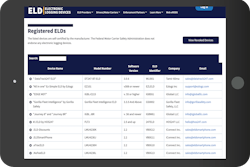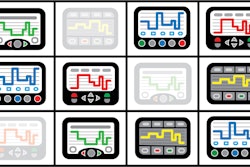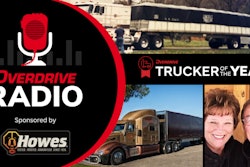Previously in this series: As ELD provider list narrows, questions arise over accuracy of DOT registry
Since a wave of new ELD buyers hit the market in late 2017 and early 2018, owner-operators and small fleets now have a better handle on what they’re looking for — and what they’re looking to avoid — in an electronic logging device.
Increasingly, that includes assessing functionality beyond simple hours of service logging and simple installation. However, some owner-operators say that, after dealing with devices that didn’t function properly, reliability is paramount.
“Three times I’ve switched,” said Ron Harris, a hotshotter for the last 18 months, but a long-haul Class 8 operator since the early 1960s. With his first system, “I spent a whole bunch of money buying a tablet and everything to hook it up to the truck, and I plugged it all in and it immediately crashed,” he said. “I spent three days trying to get a hold of them and couldn’t.”
Service with his second provider was mostly better, though still with the occasional headache. A year and a half ago he switched to Verizon Connect. “It can do all kinds of stuff,” he said. But he just wanted the “nuts and bolts” of the e-logging itself to work consistently.
Operators are increasingly gravitating to devices with good reputations, especially among their trucking peers, and away from those that simply market themselves as a cheap compliance option, said Ken Evans, CEO of Konexial, provider of the My20 ELD. “The reality is now that [owner-operators] have been using this technology for two years now and maybe have already had one or two ELD providers,” Evans said. “They’re more informed buyers. They’ve lived through and had the scars from [ELDs] with inferior technology.”
Konexial has built out features for its My20 suite, including automating IFTA reporting, offering discounts on fuel, providing access to loads and, this year, rolling out a monthly telemedicine subscription service, among other add-ons. “As users realize what this technology can do for them, they get more demanding and want to raise the bar on what they’re looking for,” Evans said. “We see a lot of people coming to us as their second or third ELD purchase.”








